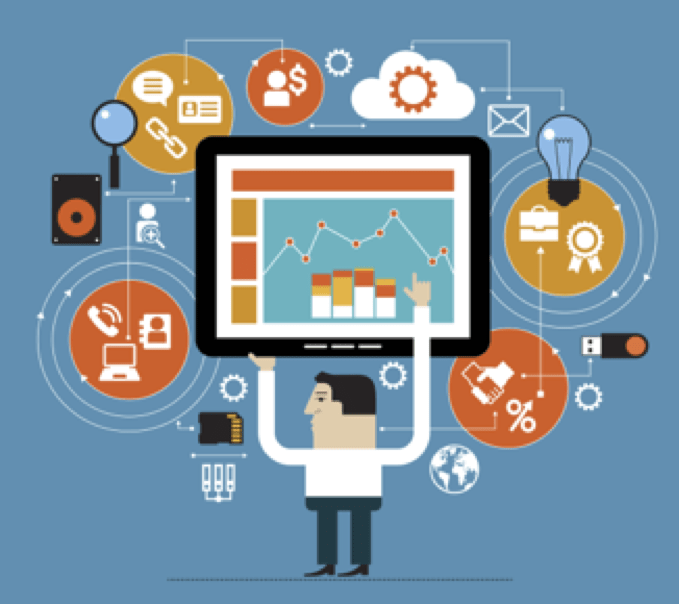A Quick Look at Programmatic Media in 2018
As many of us may have known, the recent growth of programmatic advertising comes from the fact that it eliminates the obvious drawbacks of placement buying. Marketers no longer need to contact publishers to negotiate prices and get stuck with a placement that doesn’t perform well. Programmatic buying platforms open new doors for brands to reach anyone, anywhere, any time with a frequency cap while having better control on who the ads are showing to and the budget can be flexible.
However, with the rise of various programmatic platforms, including but not limited to: RTB DSPs, Ad networks like GDN, Facebook, Instagram, Line, Twitter, YouTube, and Linkedin, and many more makes optimization more complex than ever. Many companies are lost in understanding the customer journey. In other words, our marketing activities are broken.
The immediate challenge is to get the right people to do the job. Digital marketers are now required to understand how various programmatic systems work; there is no training that can ensure this. But technical understanding isn’t enough either, those marketers who can actually bring results need to understand the brand, its business aspects in real life, how customers would react to a brand and how someone would decide to buy a product. Not only is the knowledge of one industry is required, a marketer working on a hotel campaign not only needs to understand the hotel’s distribution channels, but it is also crucial to understand all other related players in the travel industry such as airlines, world holidays, interior design, or even finance. Only then, this marketer can truly hold the power and wisdom to be able to decide the appropriate target groups when setting up a campaign, to know where to buy the data, how to get the data, and which partners to lease the data.
Today, the range of digital marketing performance is vast, you can get an agency that runs ads on Google and Facebook without any effect, you can also get another agency that runs the same channels with solid strategy and results. In the end, even when one is very confident, one is still limited by experience. This is the next challenge.
With the rapid changes in the advertising industry, artificial intelligence (AI) will transform advertising into new heights and will do what a human never could. Here are some of the examples of how AI is taking effect on advertising:
- The first example can easily be seen on Facebook, its AI system learns how to show ads on the basis of what the users are interested in, what content they have been consuming and which businesses they interact with, and based on enough data, it can predict who to show ads to so they can take actions.
- User experience can also be enhanced with AI, for example on Amazon.com, when someone is looking at a product, a number of recommended products that go with it will be displayed in real time.
- Without AI, personalized marketing is impossible. Nowadays, we can show ads on various platforms to recommend a product to someone based on their previous behavior of their previous purchases and current intent.
- With the complexity of targeting groups and various ads in a campaign, AI can work on a user basis to evaluate the importance of each unique user and to buy an ad impression based on this value. This is also what a human being cannot do.
It is obvious now that AI will continue growing and is becoming smarter than humans in certain jobs. Humans will remain powerful with their deep understanding and wisdom, nonetheless, we can’t deny that deep machine learning will be an indispensable part of marketing in the future.





